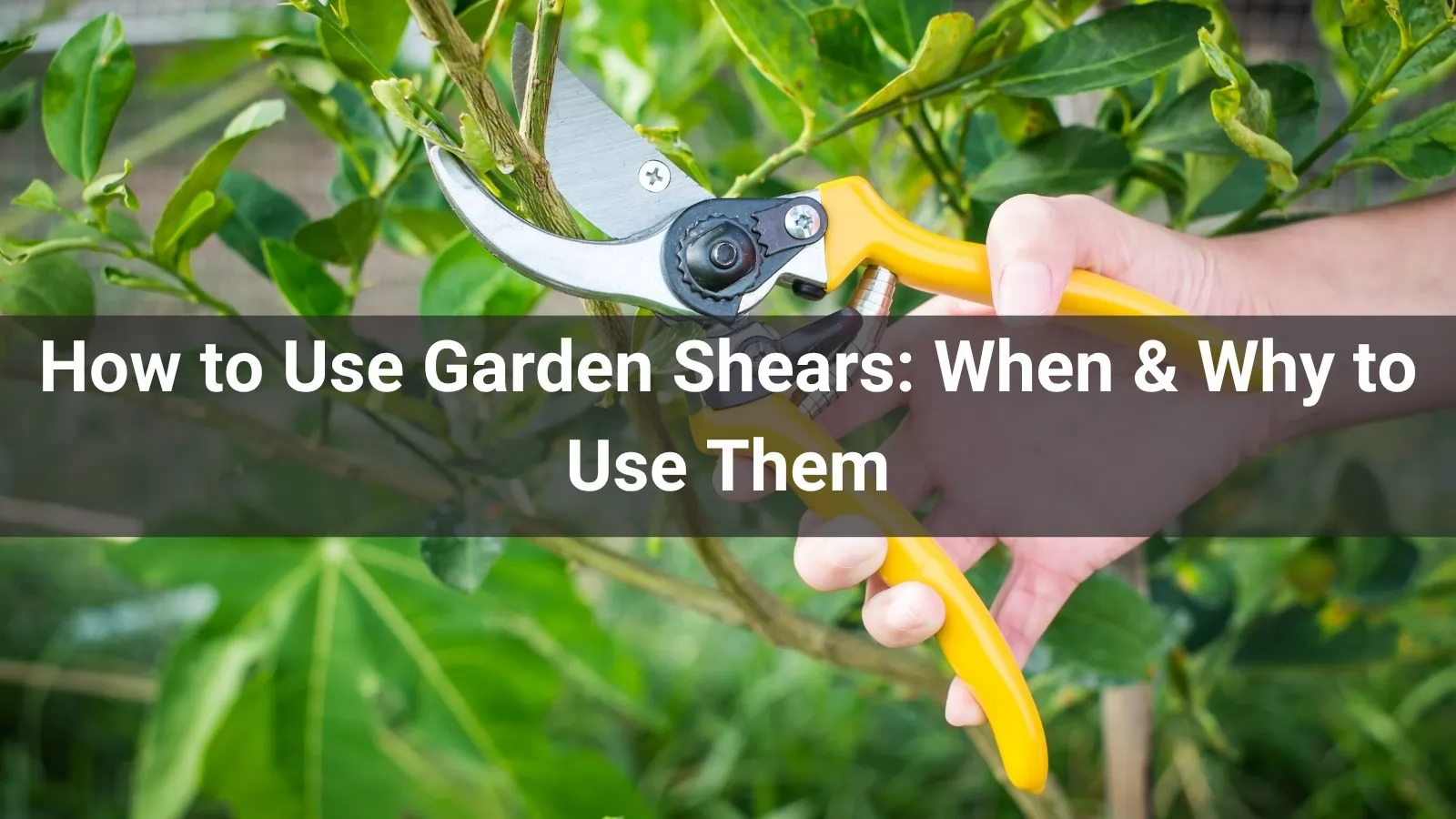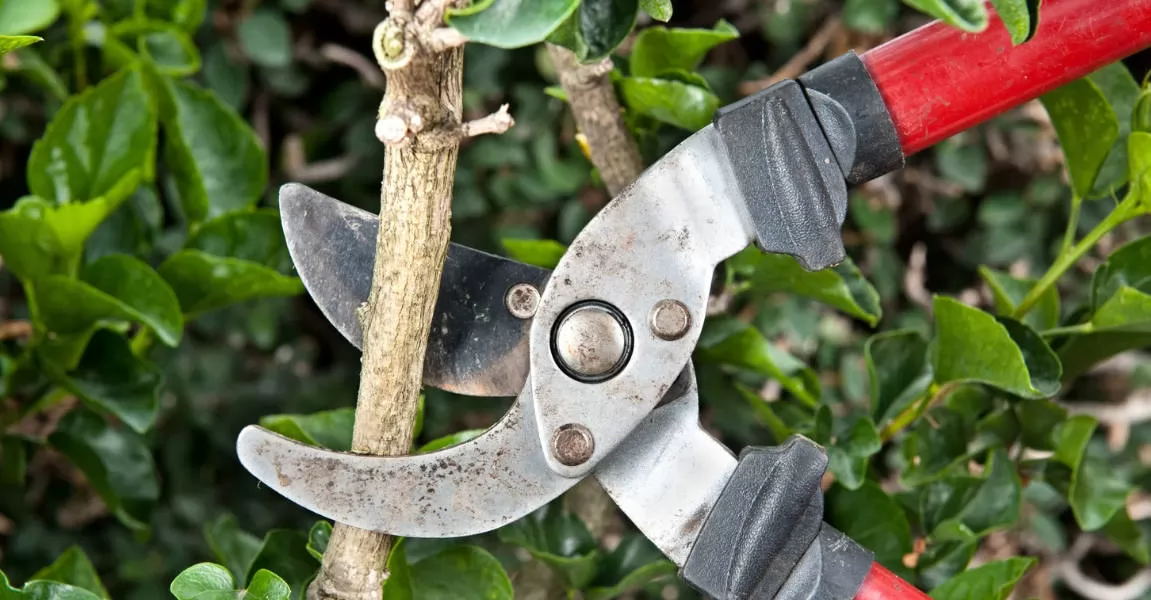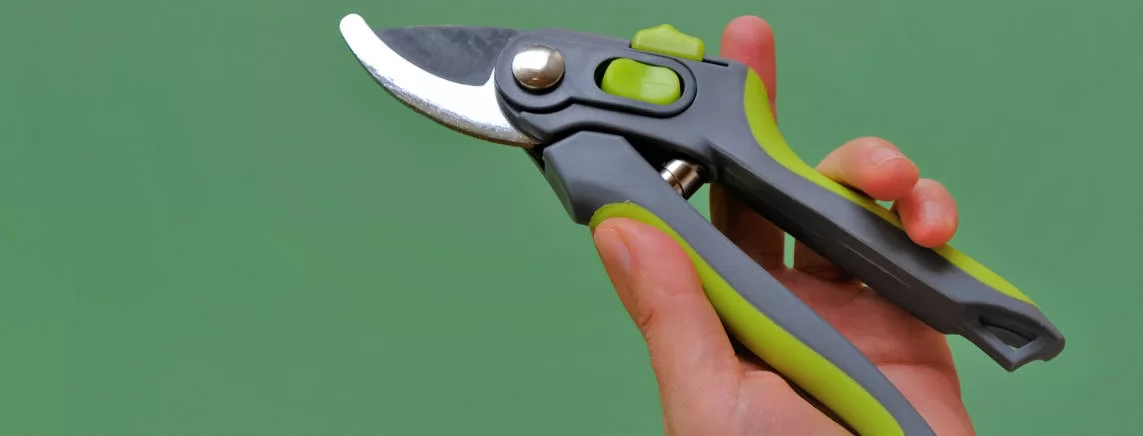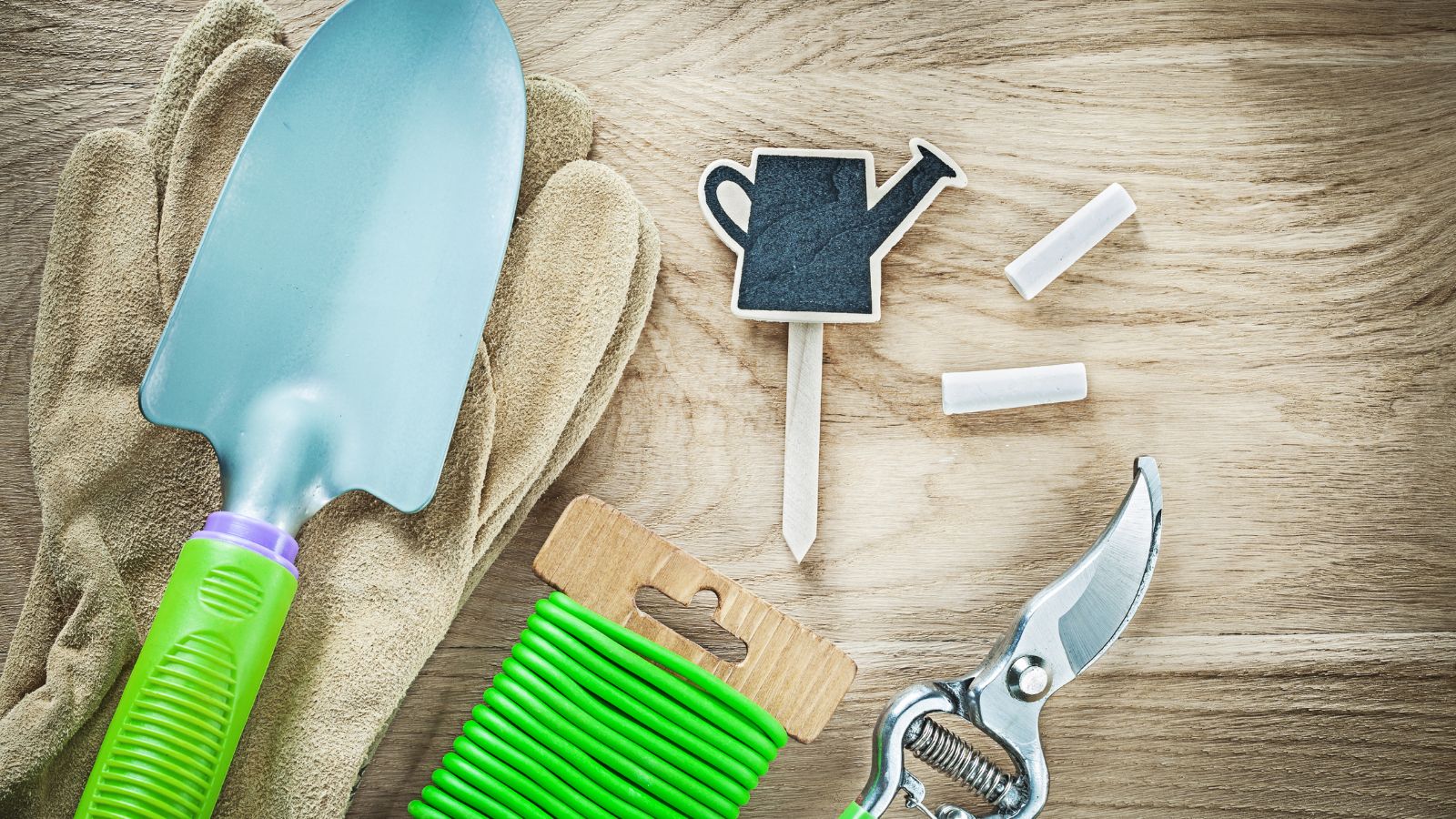
Garden shears are essential tools for gardeners, enabling precise pruning, shaping, and trimming to keep plants healthy and gardens visually appealing. With various types available, understanding their specific uses and selecting the right pair can significantly enhance your gardening experience. This article explores the types of garden shears, their purposes, when to use them, and how to choose and maintain them effectively.
Garden shears are designed for cutting stems and branches up to about ¾ inch (2 cm) in diameter. Attempting to cut larger branches risks damaging the blades, so tools like loppers or pruning saws are better suited for bigger tasks. The main types include bypass shears, which work like scissors with two curved blades for clean cuts on live, green branches; anvil shears, featuring a sharp upper blade that cuts against a flat lower blade, ideal for dead or woody branches; and hedge shears, resembling large scissors with long, straight blades for shaping hedges and soft-stemmed plants. Each type serves distinct purposes based on the plant material and desired outcome.

Garden shears play a critical role in maintaining plant health and garden aesthetics. Regular pruning removes dead or diseased branches, encouraging healthy growth and preventing disease spread. Shears also allow for shaping plants, whether creating manicured hedges, tidy shrubs, or neat flower beds. For fruit-bearing plants or flowering shrubs, strategic pruning enhances blooms or fruit production by directing the plant’s energy efficiently. Their lightweight design and precision make shears ideal for detailed work in tight spaces, offering ease and versatility for various gardening tasks.
Bypass shears are best for live, green branches, flowers, or soft stems, as their scissor-like action delivers clean cuts that minimize damage to delicate plant tissue, promoting faster healing and reducing disease risk. They’re perfect for tasks like deadheading flowers, trimming herbs, or shaping small shrubs. Anvil shears excel at cutting dead, dry, or woody branches, where their crushing action effectively handles tougher material without needing a precise cut. They’re useful for removing dead branches or cutting back dried-out perennials. Hedge shears are ideal for shaping hedges, topiaries, or large areas of soft-stemmed plants, particularly for creating straight-edged or geometric designs. However, they’re less effective for woody stems, which can dull or damage the blades.
Selecting the appropriate shears depends on your gardening needs and physical comfort. Bypass shears are the most versatile for general tasks, while anvil shears suit dead wood, and hedge shears are best for large-scale trimming. Comfort is key—test shears to ensure they feel good in your hand, with ergonomic designs or options for smaller hands or left-handed users available. High-quality shears made from durable materials like forged steel are a worthwhile investment, lasting years with proper care. Look for features like a locking mechanism for safety, dismantling capability for easy cleaning, and replaceable blades for longevity. Ensure the shears’ size and weight suit your needs, balancing maneuverability with sturdiness.
To use shears properly, start by cleaning and sharpening the blades to ensure clean cuts and reduce strain. For bypass shears, position the sharp blade against the part of the branch you want to keep, cutting close to the main stem or bud. Anvil shears should align the sharp blade with the cutting surface for effective crushing of dead wood. Hedge shears require smooth, sweeping motions to create even cuts across large surfaces, starting at the bottom and working upward for consistent shapes. Always cut at a 45-degree angle just above a bud or node, leaving about 1/8 inch to avoid damage. Wear gloves and safety glasses, keep fingers clear of blades, and use the locking mechanism when not in use. Stick to branches within the shear’s capacity to avoid blade damage or hand strain.
Proper care extends the life and performance of your shears. After use, wipe blades with a damp cloth to remove sap and debris, then dry thoroughly to prevent rust. Regularly sharpen blades with a sharpening stone or file for cleaner cuts and less effort. Apply light machine oil to the pivot point to keep movement smooth. Store shears in a dry place, preferably in a sheath or with blades locked, to protect them from moisture and damage. Periodically inspect for loose screws, worn blades, or damaged handles, repairing or replacing as needed.

Garden shears are indispensable for a thriving, beautiful garden. By selecting the right type—bypass for live growth, anvil for dead wood, or hedge for shaping—and using them with proper technique, you can maintain healthy plants and stunning landscapes. Invest in quality shears, maintain them diligently, and avoid common mistakes like using the wrong shear or neglecting upkeep. Whether pruning roses, shaping hedges, or harvesting herbs, the right shears make gardening efficient and rewarding. For further guidance or professional help, local experts like George-Stone Gardens in Cheltenham or Gloucestershire can offer tailored advice to elevate your garden.











We use cookies to make the website work, to provide advanced features, social media and traffic analysis, and we use analytics and third-party advertising cookies. If you choose to click "Deny All", you will retain the default setting of not allowing the use of cookies or other tracking tools other than technical tools.



